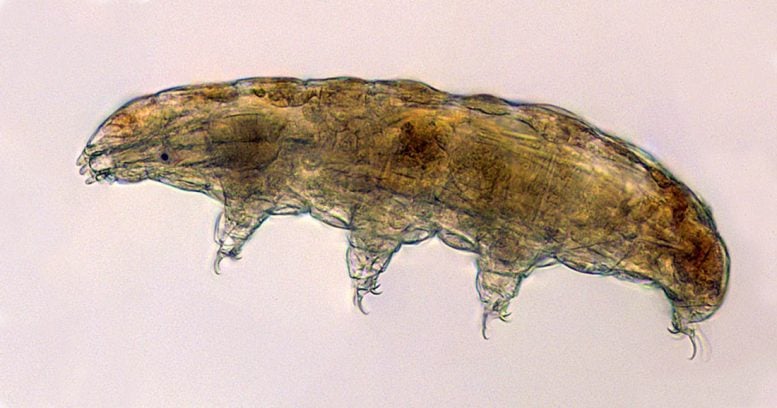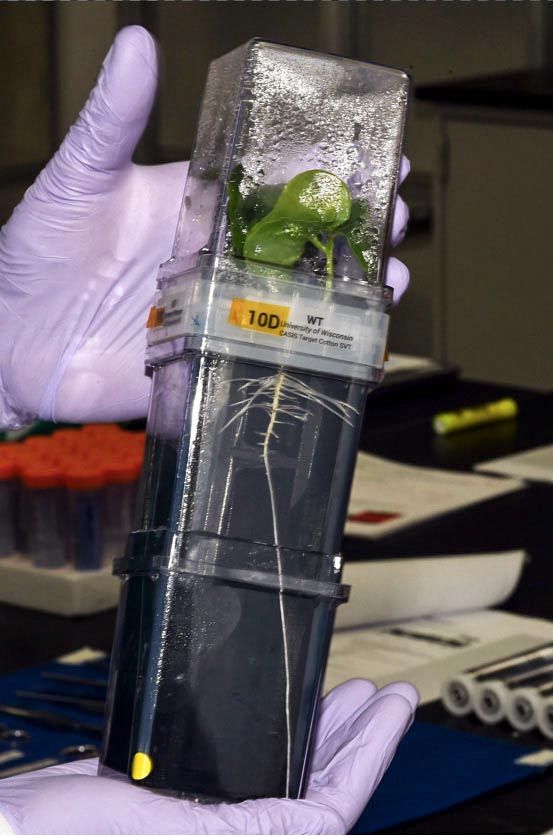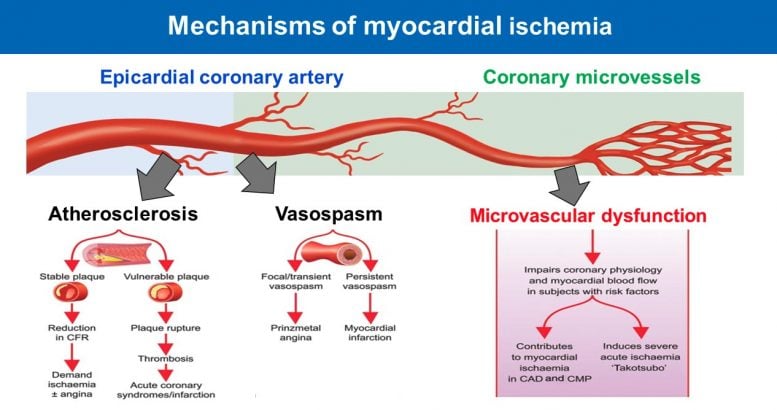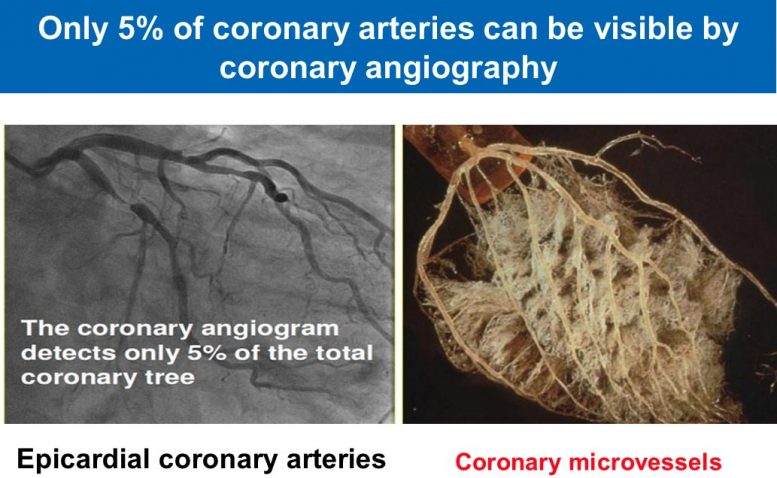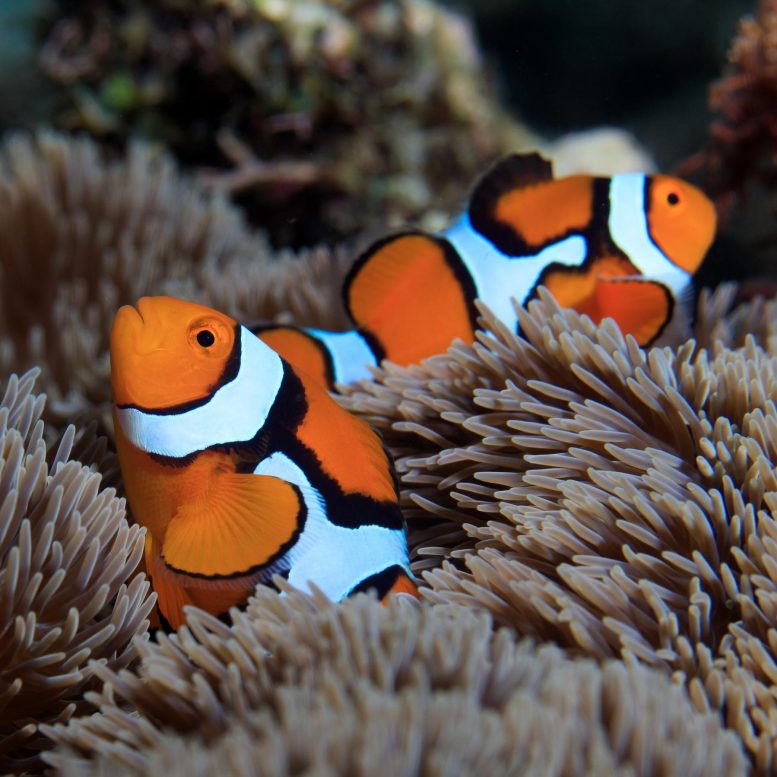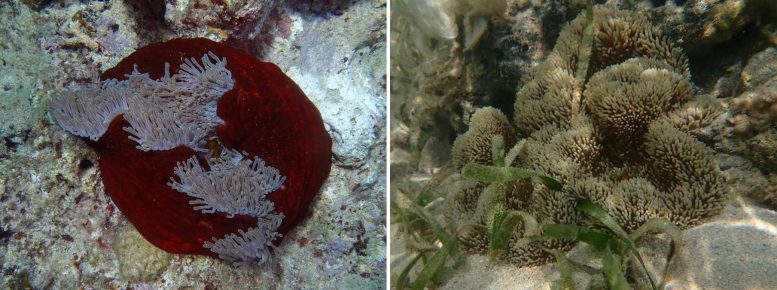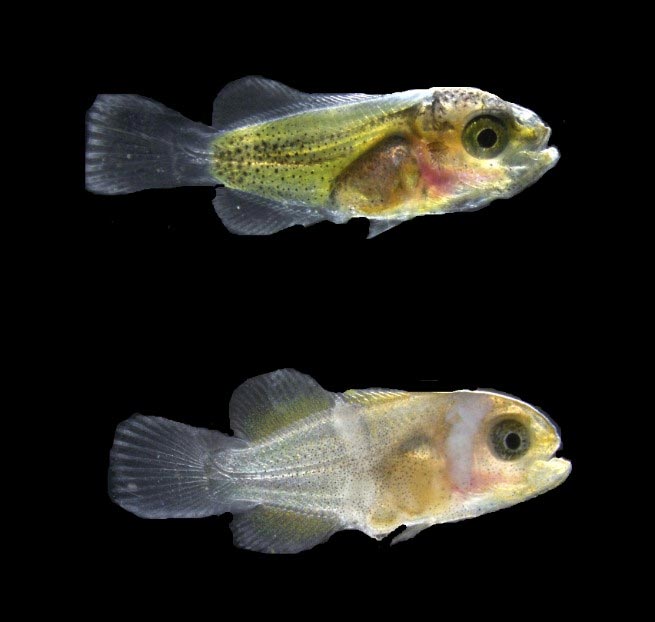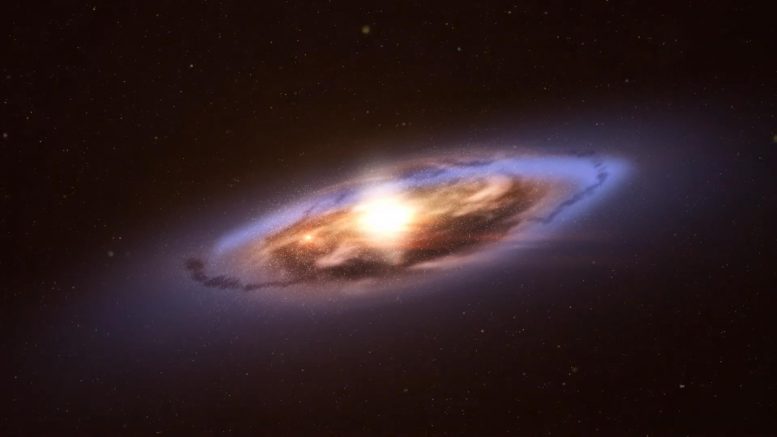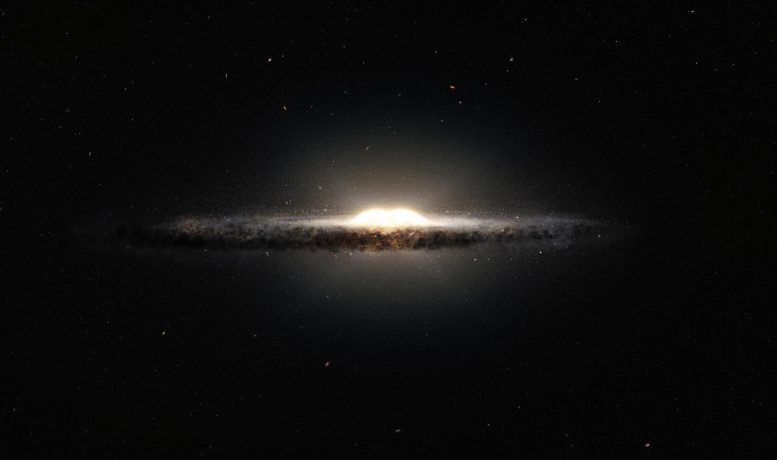Global Marine Conservation
Divers on the Greek island of Corfu found more used protective masks than jellyfish at sea.
It turns out that the pandemic has exacerbated the problem of garbage in the seas and oceans.
Disposable masks, which are supposed to protect against the virus, often end up in the water. According to environmental groups, almost 2 billion masks were found last year alone.There are many other organizations working on marine conservation and other environmental issues such as biodiversity and global warming. We list them here both as a public service and to spread the word.
A group of divers from the Organization for the Protection of the Ocean regularly clean the sea near Corfu. They find a lot of plastic, but also more and more waste from the COVID crisis.
Currently, about 130 billion disposable masks are used worldwide – per month. The big problem with these preservatives is that once released into the environment, they do not decompose for up to 450 years.
“We need another and a wiser and perhaps a more mystical concept of animals. Remote from universal nature, and living by complicated artifice, man in civilization surveys the creature through the glass of his knowledge and sees thereby a feather magnified and the whole image in distortion. We patronize them for their incompleteness, for their tragic fate of having taken form so far below ourselves. And therein we err, and greatly err. For the animal shall not be measured by man. In a world older and more complete than ours they move finished and complete, gifted with extensions of the senses we have lost or never attained, living by voices we shall never hear. They are not brethren, they are not underlings; they are other nations, caught with ourselves in the net of life and time, fellow prisoners of the splendor and travail of the earth.”– Henry Beston (authjor of The Outermost House: A Year of Life On The Great Beach of Cape Cod).
There are many other organizations working on marine conservation and other environmental issues such as biodiversity and global warming, they are deeply committed to marine conservation and founded on the concept that, by sharing the wonders of the ocean and marine life, people will be inspired to protect it. We list part of them here both as a public service and to spread the word.
Blue Frontier Campaign: founded in 2003 by David Helvarg, author of Blue Frontier – Saving America’s Living Seas and 50 Ways to Save the Ocean. Blue Frontier works to support seaweed (marine grassroots) efforts at the local, regional and national level, with an emphasis on bottom up organizing to bring the voice of citizen-activists into national decision-making that will impact our public seas.
Conservation International: a non-profit organization based in Washington, DC and operating in more than 30 countries worldwide to apply innovations in science, economics, policy and community participation to protect the Earth’s plant and animal biodiversity in major tropical wilderness areas and key marine ecosystems.
Deep Sea Conservation Coalition: “The NGOs listed in this document jointly call on the UN General Assembly to adopt a resolution declaring an immediate moratorium on high seas bottom trawling, and to simultaneously initiate a process under the auspices of the UN General Assembly to 1) assess deep sea biodiversity and ecosystems, including populations of fish species, and their vulnerability to deep sea fishing on the high seas; and 2) adopt and implement legally binding regimes to protect deep sea biodiversity from high seas bottom trawling and to conserve and manage bottom fisheries of the high seas consistent with the UN Convention on the Law of the Sea (UNCLOS 1982), UN Fish Stocks Agreement (FSA 1995), UN FAO Compliance Agreement (1993), Convention on Biological Diversity (CBD 1992), and the UN FAO Code of Conduct for Responsible Fisheries (Code 1995).”
Environmental Defense: a non-profit organization based in New York bringing together experts in science, law and economics to tackle complex environmental issues that affect our oceans, our air, our natural resources, the livability of our man-made environment, and the species with whom we share our world.
European Network on Invasive Alien Species (NOBANIS): a network of common databases on alien and invasive species of the region. By establishing a common portal access to IAS-related data, information and knowledge in the region is facilitated.
Fauna and Flora International (FFI): aims to change the policy and behavior that contribute to biodiversity loss by engaging a wide range of governments and non-governmental organizations, and by raising the profile of biodiversity within the wider global development debate.
Global Coral Reef Alliance (GCRA): a coalition of volunteer scientists, divers, environmentalists and other individuals and organizations, committed to coral reef preservation. Focuses on coral reef restoration, marine diseases and other issues caused by global climate change, environmental stress, and pollution.
Greenpeace International: Greenpeace’s oceans campaign focusing on three major threats to the world’s oceans: overfishing, pirate fishing, whaling, and intensive shrimp aquaculture.
Institute for Ocean Conservation Science: to advance ocean conservation through science. They conduct world-class scientific research that increases knowledge about critical threats to oceans and their inhabitants, provides the foundation for smarter ocean policy, and establishes new frameworks for improved ocean conservation. The Institute’s research focuses on advancing ecosystem-based fisheries management, a strategy which recognizes that the oceans’ problems are interconnected and that species and habitats cannot be successfully managed in isolation; as well as on advancing knowledge about vulnerable and ecologically important marine animals that are understudied. They are dedicated to developing scientific approaches to sustainably manage forage fish, small schooling fish that are food for marine mammals and seabirds but are being depleted from our oceans.
Intergovernmental Panel on Climate Change (IPCC): The IPCC has been established by World Meteorological Organization (WMO) and United Nations Environment Programme (UNEP) to assess scientific, technical and socio-economic information relevant for the understanding of climate change, its potential impacts and options for adaptation and mitigation.
International Coral Reef Initiative (ICRI) is an informal partnership between Nations and organizations which strives to preserve coral reefs and related ecosystems around the world. Although the Initiative is an informal group whose decisions are not binding on its members, its actions have been pivotal in continuing to highlight globally the importance of coral reefs and related ecosystems to environmental sustainability, food security and social and cultural wellbeing. The work of ICRI is regularly acknowledged in United Nations documents, highlighting the Initiative’s important cooperation, collaboration and advocacy role within the international arena.
International Fund for Animal Welfare (IFAW): engages communities, government leaders, and like-minded organizations around the world to achieve lasting solutions to pressing animal welfare and conservation challenges-solutions that benefit both animals and people.
International Maritime Organization (IMO) – IMO’s Intervention Convention affirms the right of a coastal State to take measures on the high seas to prevent, mitigate or eliminate danger to its coastline from a maritime casualty. The International Convention on Oil Pollution Preparedness, Response and Co-operation (OPRC), 1990 provides a global framework for international co-operation in combating major incidents or threats of marine pollution. A protocol to this convention (HNS Protocol) covers marine pollution by hazardous and noxious substances.
IUCN Global Marine Programme provides vital linkages for the Union and its members to all the IUCN activities that deal with marine issues, including projects and initiatives of the Regional offices and the 6 IUCN Commissions. Its co-ordination role is above and beyond the policy development and thematic guidance that it undertakes to provide to assist governments, communities and NGOs alike.
IUCN Invasive Species Specialist Group: a global group of 146 scientific and policy experts on invasive species from 41 countries. ISSG provides advice on threats from invasives and control or eradication methods to IUCN members, conservation practitioners, and policy-makers. The group’s activities focus primarily on invasive species that cause biodiversity loss, with particular attention to those that threaten oceanic islands.
Nature Conservancy: Climate change isn’t a distant threat it is happening now. The past three years were hotter than any other time in recorded history. The Nature Conservancy is focused on innovative solutions that match the urgency of this crisis. We are protecting & restoring forests, improving working lands, helping communities build resilience & working to ensure a clean energy future. Together with supporters like you, we can halt the catastrophic march of climate change so that our communities can thrive & natural places that renew our spirits can endure.
Ocean Conservancy: serves to protect ocean ecosystems and conserve the global abundance and diversity of marine wildlife through science-based advocacy, research, and public education.
Oceana: a non-profit international advocacy organization dedicated to restoring and protecting the world’s oceans through policy advocacy, science, law, and public education.
Ocean Project: an initiative to raise awareness of the importance, value, and sensitivity of the oceans through a network of aquariums, zoos, and conservation organizations.
OceanCare: committed to marine wildlife protection since 1989. Through research and conservation projects, campaigns, environmental education, and involvement in a range of important international committees, OceanCare undertakes concrete steps to improve the situation for wildlife in the world’s oceans. In 2011, OceanCare was granted Special Consultative Status on marine issues with the Economic and Social Council of the United Nations.
Project Aware Foundation: PADI’s foundation established to help conserve underwater environments through a wide variety of activities including education, advocacy, and action.
Project Seahorse: an international and interdisciplinary marine conservation organization comprised of biologists, development specialists, and other professionals committed to conserving and managing seahorses, their relatives and habitats, through research, education, empowering communities, establishing marine-protected areas, managing subsistence fisheries, restructuring international trade, redressing habitat loss.
Polar Bears International: a nonprofit organization dedicated to the worldwide conservation of the polar bear and its habitat through research, stewardship, and education. We provide scientific resources and information on polar bears and their habitat to institutions and the general public worldwide.
Reef Check: a volunteer, community-based monitoring mechanism operating in more than 60 countries designed to measure and maintain the health of coral reefs.
Reef Relief: dedicated to preserve and protect living coral reef ecosystems through local, regional, and global efforts focusing on science to educate the public and advocate policymakers to achieve conservation, protection, and restoration of coral reefs.
ReefBase: created to facilitate sustainable management of coral reefs and related coastal/marine environments, in order to benefit poor people in developing countries whose livelihoods depend on these natural resources.
The Safina Center: Led by ecologist and author Carl Safina, the Safina Center is comprised of Staff, Fellows and Creative Affiliates who together create a body of scientific and creative works that advance the conservation of wildlife and the environment, and give a voice to nature.
Sea Shepherd Conservation Society: an international non-profit, marine wildlife conservation organization whos mission is to end the destruction of habitat and the slaughter of wildlife in the world’s oceans in order to conserve and protect ecosystems and species. Sea Shepherd uses innovative direct-action tactics to investigate, document, and take action when necessary to expose and confront illegal activities on the high seas.
Turtle Island Restoration Network: fights to protect endangered sea turtles in ways that make cultural and economic sense to the communities that share the beaches and waters with these gentle creatures. With offices in California and Costa Rica, STRP has been leading the international fight to protect sea turtle populations worldwide.
Seal Conservation Society: a non-profit organization protecting and conserving pinnipeds (seals, sea lions, and walrus) worldwide by monitoring and minimizing threats to pinnipeds, providing comprehensive information on pinniped-related issues to individuals, groups and the media, and by working with other conservation groups, rescue and rehabilitation centers, research establishments, and governments.
Shifting Baselines: a “media project” — a partnership between ocean conservation and Hollywood to help bring attention to the severity of ocean decline.
Sierra Club: the most enduring and influential grassroots environmental organization in the United States. We amplify the power of our 3.5+ million members and supporters to defend everyone’s right to a healthy world.
Society for Conservation Biology (SCB): an international professional organization dedicated to promoting the scientific study of the phenomena that affect the maintenance, loss, and restoration of biological diversity. The Society’s membership comprises a wide range of people interested in the conservation and study of biological diversity: resource managers, educators, government and private conservation workers, and students.
The Species Survival Commission (SSC): “the world’s greatest source of information about species and their conservation needs”. The SSC is a network of some 8,000 volunteer members from almost every country of the world, all working to stop the loss of plants, animals, and their habitats. Members include researchers, government officials, wildlife veterinarians, zoo and botanical institute employees, marine biologists, protected area managers, and experts on plants, birds, mammals, fish, amphibians, reptiles, and invertebrates. SSC produces the IUCN Red List of Threatened Species, provides technical and scientific advice to governments, international environmental treaties, and conservation organizations, publishes species Action Plans, and policy guidelines, and implements on-ground conservation projects.
Surfrider Foundation: a non-profit organization that works to protect our oceans, waves, and beaches through its chapters located along the East, West, Gulf, Puerto Rican, and Hawaiian coasts, and with its members in the USA and International Surfrider Foundation chapters and affiliates in Japan, Brazil, Australia, France and Spain.
TRAFFIC: wildlife trade monitoring network that works to ensure that trade in wild plants and animals is not a threat to the conservation of nature. TRAFFIC is a joint programme of WWF and IUCN – The World Conservation Union.
United Nations Framework Convention on Climate Change (UNFCCC) – an international treaty to begin to consider what can be done to reduce global warming and to cope with whatever temperature increases are inevitable. Recently, a number of nations have approved an addition to the treaty: the Kyoto Protocol, which has more powerful (and legally binding) measures. The UNFCCC secretariat supports all institutions involved in the climate change process.
Whale & Dolphin Conservation Society (WDCS): an international non-profit working toward the conservation and welfare of all cetaceans (whales, dolphins, and porpoises) by reducing threats to cetaceans and their habitats and by raising awareness about the need to address the continuing threats to their welfare and survival.
WildAid: The illegal wildlife trade is a multi-billion dollar global industry largely driven by consumer demand in expanding economies. While most wildlife conservation groups focus on scientific studies and anti-poaching efforts, WildAid works to reduce global consumption of wildlife products and to increase local support for conservation efforts. We also work with governments and partners to protect fragile marine reserves from illegal fishing and shark finning, to enhance public and political will for anti-poaching efforts, and to reduce climate change impacts.
World Resources Institute: environmental think tank working to move human society to live in ways that protect Earth’s environment and its capacity to provide for the needs and aspirations of current and future generations. WRI provides objective information and practical proposals for policy and institutional change that will foster environmentally sound, socially equitable development for.
World Society for the Protection of Animals (WSPA): WSPA works with more than 449 member organisations to raise the standards of animal welfare throughout the world. Our vision is a world in which the welfare of animals is understood and respected by everyone, and protected by effective legislation.
World Wildlife Fund: WWF’s Endangered Seas Program works in more than 40 countries to campaign, lobby, develop and advocate solutions, commission and publish impartial data, advise, and champion the conservation of the marine environment and sustainable livelihoods.
![]()


